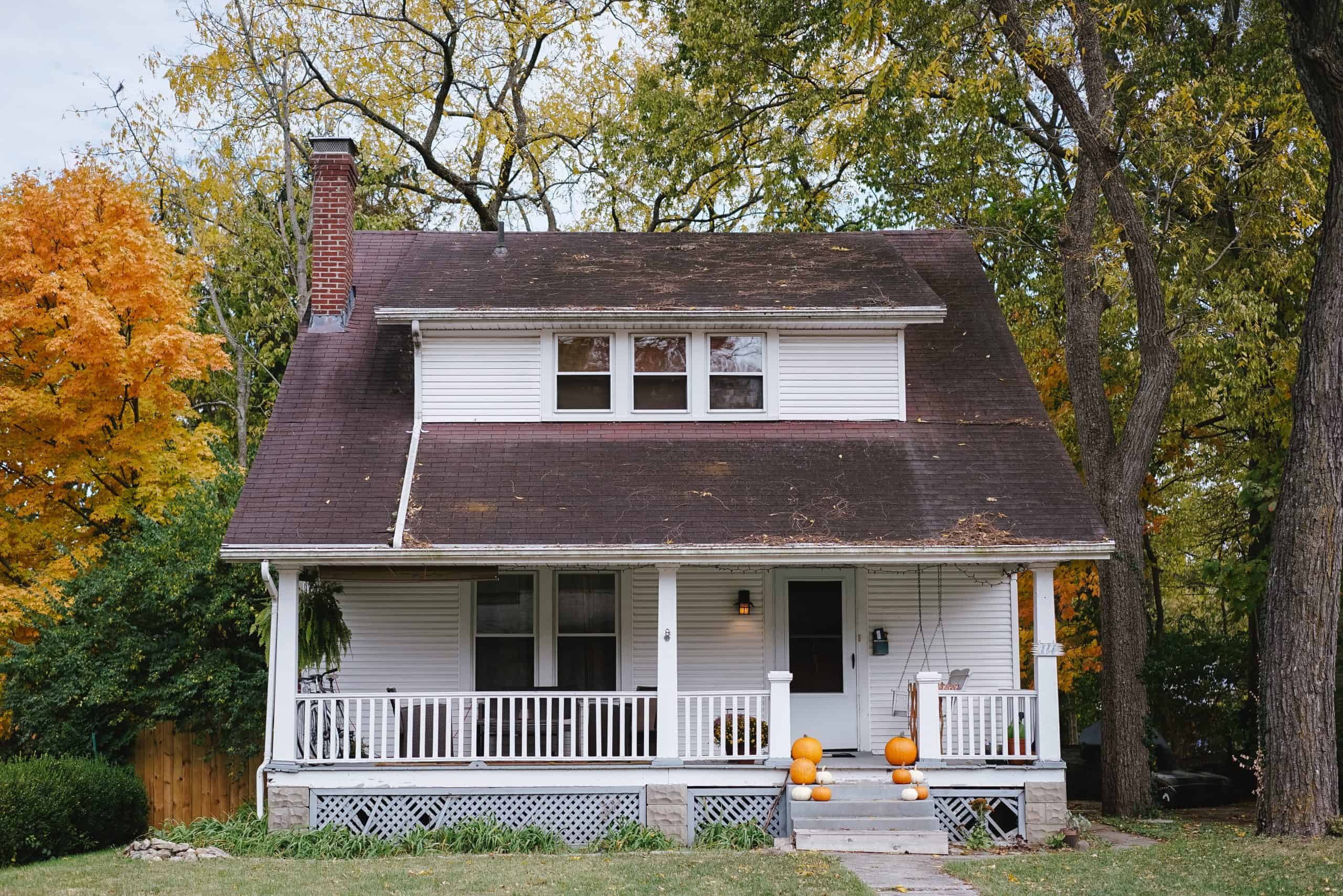Home inspectors look for everything – including your DIRTY LAUNDRY! Just kidding 😂 If you want to know what do home inspectors look for, I can tell you what we do, and don’t look for.
We follow the Standards of Practice provided by the International Association of Certified Home Inspectors when inspecting every home. We look for things that help us document the true condition of the home. This includes the roof, exterior, basement, foundation, crawlspace, structure, heating and cooling systems, plumbing, electrical, fireplaces, attic, insulation and ventilation, doors and windows, and interior.
Is that a lot? You betcha.
What We Do Look For
An inspection takes between two and four hours to complete. This depends on the size and age of the property as well as the extent of any issues discovered.
Here’s a home inspection checklist that will give you a detailed understanding of what do home inspectors look for.
Exterior Structure and Grounds
- The foundation should not have large cracks
- No visible signs of leakage from the septic tank
- The drainage is away from the house and does not have standing water
- The exterior walls are straight and don’t sag
- Windows and door frames appear in good condition
- The siding does not have any cracks or damage
- Bricks of the home are undamaged (no cracks in joints)
- The paint is not stained and is not flaking
- All roof shingles are in the right places and are not damaged
- Gutters drain properly and are not decaying
- Chimney(s) are straight and undamaged
- The shed, fence, deck, and garage do not have any rotting wood or termites
Basement
- No moisture
- No water damage to the floor above the basement
- The sump pump is working correctly
- No cutting, boring, or notching that may present a structural or safety concern
Attic
- No staining from the roof
- The structure of the roof is in good condition and has no decay
- The attic is correctly installed and sufficiently insulated
- The electrical splices are contained
- The insulation is installed correctly and is sufficient for the attic
- The attic is adequately ventilated through vents (such as ridge vents) and end louvers
Bathrooms
- The plumbing visible under the sink is not broken and does not have any water damage
- All hot and cold fixtures have adequate water pressure
- All drains in the bathrooms drain smoothly
- The toilets fill and flush properly
- The toilet is stable and does not have any stains at the base
- There is no leakage around the base of the shower or tub
Kitchen
- The plumbing visible under the sink does not have water damage
- The exhaust fan works and vents to the outside
- Functioning garbage disposal
- The sink has appropriate water pressure and drains properly
- All built-in appliances operate properly
Interior Rooms
- The ceilings, walls, and floors all appear level and do not have stains or damage
- Doors open and close properly
- Switches operate correctly
- All rooms have an adequate number of power outlets
- All rooms have heating and AC vents
- The fireplace is cleaned and lined, with no cracking and staining
- Smoke and carbon monoxide detectors are located appropriately and are in working condition
- The stairway’s treads and risers are in good condition
Electrical Systems
- The wiring is in good condition
- All cables are secured and protected
- No exposed wiring
- The service panel works and has all cables attached correctly
Heating And Cooling Systems
- There is no gas odor
- Air filters are clean
- Flues do not have open seams
- No visible rust on the cooling unit
- The systems operate correctly
- Air conditioning and heating operate well
Plumbing
- The visible pipes aren’t damaged or leaking
- The water heater isn’t rusted
- The water pressure is acceptable across the home
- The hot water is not hotter than 125 degrees Fahrenheit
Additionally, some companies offer services like mold testing, pool inspections, and radon testing which typically come at a small additional cost.
If you’re interested in learning more about what we do, check out our post on how to become a home inspector.
What We Don’t Look For
When it comes to your home inspection, it’s just as important for you to know what home inspectors don’t look for as what do home inspectors look for. Home inspections are non-invasive. This means we won’t remove trim, wood, dirt, or tear into the property in any way to inspect what’s behind the walls, under the floor, or in the ground.
With that said, it’s good to keep in mind that the more we can access, the more complete the home inspection will be. Therefore, be sure to ask the real estate agents and seller to clear away items from crawl spaces, HVAC closets, and basements so we can get a good look at everything.
Why Should I Prepare for a Home Inspection?
Buying a home is one of the most significant decisions you’ll make, and the last thing you want after purchasing a home is a surprise expense. And if you own the home being inspected, the more orderly it is, the more likely the home is to receive a good inspection report.
The better your report, the more likely you are to get offers and have a strong position to support your asking price.
Printing out the checklist above and going over it before your home is inspected could help you identify and fix some things before the inspector arrives. This is one of the easiest and most cost-effective things you can do to understand what do home inspectors look for and prevent little things from making it onto the inspection report.
To learn more, check out our post on 10 Things That Fail a Home Inspection or how to prepare for a home inspection in 10 easy steps.


